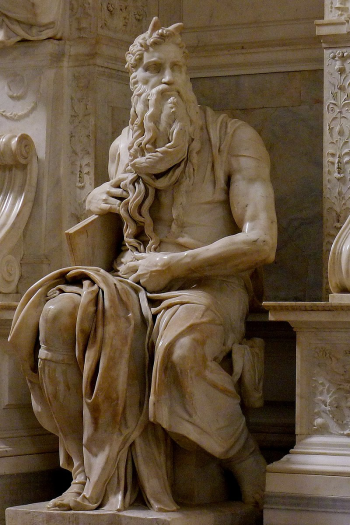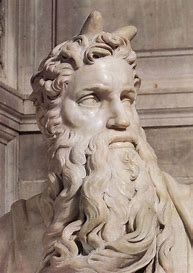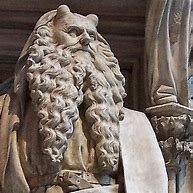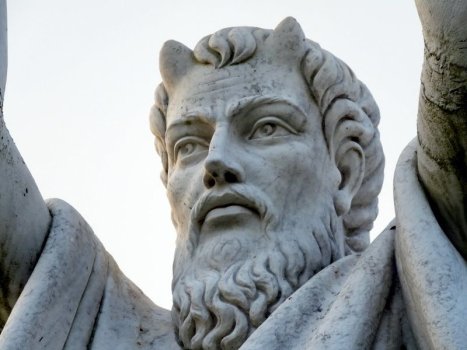You need to know the difference of what is Doctrine... and what is the Traditions of men...
You need to dig deep in Greek and Hebrew because your Bible is simply a translation... Not God's word to you...
Let me explain.... Michelangelo made a sculpture of moses based on his bible... and it was wrong...

You see Michelangelo put horns on Moses... Because his bible told him Moses had horns... His bible was wrong...
Medieval artwork sometimes portrays Moses with horns. This depiction derives from Jerome’s mistranslation of verses in Exodus 34. Verse 29: “he knew not that his face was horned from the conversation of the Lord.” Verse 30: “And Aaron and the children of Israel seeing the face of Moses horned, were afraid to come near.” Verse 35: “And they saw that the face of Moses when he came our was horned.” Rather than being “horned” Moses face “shone,” as in the Old Latin and the Septuagint.
Sometimes this concept of agency has caused the translators of our Bible difficulties. The Hebrew word for “God”(elohim) has a wide range of meanings. Depending on context, it can mean the Supreme Deity, or “a god” or “gods” or even “angels” or human “judges.” This difficulty is reflected in verses like Exodus 21:6
Let me show how this can be the same in our modern Translations....
The KJV reads… “Then his master shall bring him unto the judges;”
The NIV reads… “then his master must take him before the judges.”
But
The NASB reads… “then his master shall bring him to God”
So too the RSV… “then his master shall bring him to God”
Clearly, because the judges of Israel represented God as His agents, they are called “God,” elohim. As the slave gave his vow before these representatives of God, he was in fact making a binding vow before Jehovah. The agents were as God.
Don't get me started on the N.T.
Paul
You need to dig deep in Greek and Hebrew because your Bible is simply a translation... Not God's word to you...
Let me explain.... Michelangelo made a sculpture of moses based on his bible... and it was wrong...

You see Michelangelo put horns on Moses... Because his bible told him Moses had horns... His bible was wrong...
Medieval artwork sometimes portrays Moses with horns. This depiction derives from Jerome’s mistranslation of verses in Exodus 34. Verse 29: “he knew not that his face was horned from the conversation of the Lord.” Verse 30: “And Aaron and the children of Israel seeing the face of Moses horned, were afraid to come near.” Verse 35: “And they saw that the face of Moses when he came our was horned.” Rather than being “horned” Moses face “shone,” as in the Old Latin and the Septuagint.
Sometimes this concept of agency has caused the translators of our Bible difficulties. The Hebrew word for “God”(elohim) has a wide range of meanings. Depending on context, it can mean the Supreme Deity, or “a god” or “gods” or even “angels” or human “judges.” This difficulty is reflected in verses like Exodus 21:6
Let me show how this can be the same in our modern Translations....
The KJV reads… “Then his master shall bring him unto the judges;”
The NIV reads… “then his master must take him before the judges.”
But
The NASB reads… “then his master shall bring him to God”
So too the RSV… “then his master shall bring him to God”
Clearly, because the judges of Israel represented God as His agents, they are called “God,” elohim. As the slave gave his vow before these representatives of God, he was in fact making a binding vow before Jehovah. The agents were as God.
Don't get me started on the N.T.
Paul





